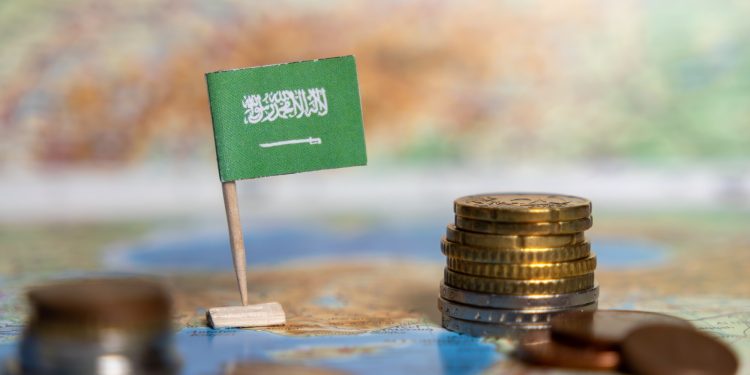Saudi Arabia is managing a period of low oil prices and cautious foreign investment in its major projects with apparent confidence. Despite a drop in oil revenues and scaled-back ambitions for developments like the Neom megacity, the kingdom remains financially stable, according to industry observers.
Oil still makes up around 61% of Saudi Arabia’s income, but leaders are working to diversify the economy. The government is comfortable running budget deficits, with its 2025 budget projecting a shortfall of $27 billion, or 2.3% of GDP. Even if oil averages $65 per barrel, analysts expect a higher deficit, but officials seem untroubled by this outlook.
Experts note that Saudi Arabia, unlike many countries, does not feel pressure to balance its budget every year. With foreign reserves exceeding $430 billion and a debt-to-GDP ratio of about 30%, the country has room to borrow more if needed.
Saudi Arabia has become the leading issuer of international debt among emerging markets, surpassing China. In 2024, it issued over $14 billion in debt, with expectations to increase this figure before year’s end. While future borrowing could come at higher interest rates if oil prices remain low, analysts believe the kingdom’s strong fiscal position makes additional debt manageable.
Spending on megaprojects, led by the Public Investment Fund, has prompted Saudi Arabia to scale back some ambitions. For example, Neom’s projected population and construction goals for 2030 have been reduced, reflecting practical limits on both resources and investor appetite.
As global economic uncertainty and shifting US trade policies affect energy prices, Saudi Arabia is looking to Asian investors to help finance its projects. With growing interest from Asia in Gulf debt, the kingdom is well-placed to attract new sources of funding as it adapts to the evolving energy and investment landscape.


